Olympic National Park on the Olympic Peninsula in Washington can easily be divided into three distinct ecosystems: Mountains, Coast, Rainforest. This post focuses on the mountains.
Summer Wildflower blooming on the peak of Blue Mountain in Olympic National Park
The Park: Olympic National Park is largely a designated wilderness area. The iconic Hwy 101 circumnavigates the park with roads penetrating into it like spokes on a wheel. Most of the mountainous sections are accessible from the north and east sides of the park with the most popular mountain stop at the Hurricane Ridge Visitors Center. From the center, you have easy access to spectacular mountain views and hikes. This is also a great place to view wildlife like mountain goats and marmots. However, if you really want to experience the Olympic Mountains, you'll need to strap on a backpack and head into the backcountry for a multi-day trip. While unfortunately, I wasn't able to do this during my short visit, it is definitely on my adventure to do list.
A raven contemplates the beauty of the mountains at Hurricane Ridge in Olympic National Park
Camping: Deer Park - While there is a number of sites throughout the mountains including the large Heart O' the Hills Campground near Port Angeles, the must stay drive in sites are at the remote Deer Park Campground. Perched at the peak of Blue Mountain at about 6000 ft, the journey to this campground is an adventure unto itself. The turn off Hwy 101 is tricky and unintuitive, entering what seems like a warehouse district of Port Angeles, but a couple mile in, where the pavement ends, it becomes clear you're entering the wilderness. The 18 mile, single lane, dirt road climbs rapidly up the side of the mountain on hairpin turns and steep grades. Passing a car coming the opposite direction while only feet away from a cliff can be a harrowing, but rewarding experience. The campground has a number of sites of varying quality, so get there early to snag a site on the edge for the opportunity to wake up to a uninhibited view of the Olympics' many glaciated peaks. Be aware this is a primitive, tent only campground, so pack in water and enjoy the RV free experience.
These kind of views about in the mountains of Olympic National Park
Hiking: Rainshadow Loop - I'm not sure this .5 mile loop can properly be called a hike, but it offers as good an experience as many 10+ mile treks I took on this trip. Circling the peak of Blue Mountain, this hike begins at the end of the same road that leads to Deer Park Campground. The alpine environment offers awesome wildflowers and heather, dotted with stunted cedars and rock outcroppings, but it's the views that make this walk so superior to what you might find at the more popular and more easily accessible Hurricane Ridge. To the south you get panoramic view of mountaintops as far as the eye can see and to the northwest, you get to see the mountains hit the Pacific Ocean. If you're lucky enough to hit a clear day, you can even see Vancouver Island across the bay. If you're camping at Deer Park, head up to this hike at dusk for one of the most amazing sunsets your ever likely to see.
My crooked attempt at a self portrait with my bepatched Duluth Pack on the Rainshadow Trail in Olympic National Park.
Pit Stops: Vance Creek Viaduct Bridge - On the road to Olympic, you may want to stopover at social media's favorite bridge. Spanning Vance Creek, the old railroad bridge stretches mountain to mountain 347 feet above the valley floor, making it the second highest railroad arch bridge in the country. Be aware, however, the the bridge is on private property and has recently been heavily patrolled to prevent trespassing so explore at your own risk.
The famous Vance Creek Viaduct Bridge on the Olympic Peninsula

